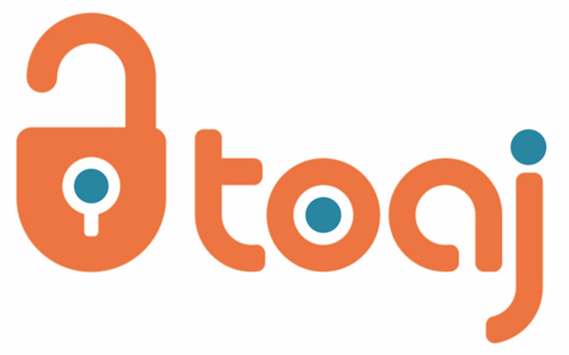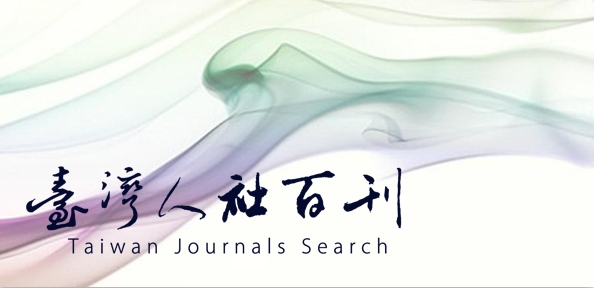複雜理論對教育組織變革的解釋和啟示
Implications of Complexity Theory for Educational Change
陳成宏
Cheng-Hung Chen
Cheng-Hung Chen
| 所屬期刊: |
第3卷第3期 「教育政策與制度」 主編:國家教育研究院籌備處 陳清溪主任秘書 |
|---|---|
| 系統編號: | vol010_08 |
| 主題: | 教育政策與制度 |
| 出版年份: | 2007 |
| 作者: | 陳成宏 |
| 作者(英文): | Cheng-Hung Chen |
| 論文名稱: | 複雜理論對教育組織變革的解釋和啟示 |
| 論文名稱(英文): | Implications of Complexity Theory for Educational Change |
| 共同作者: | |
| 最高學歷: | |
| 校院名稱: | |
| 系所名稱: | |
| 語文別: | 中文 |
| 論文頁數: | 22 |
| 中文關鍵字: | 複雜理論;混沌理論;混沌邊緣;教育組織變革 |
| 英文關鍵字: | complexity theory;chaos theory;edge of chaos;educational organizational change |
| 服務單位: | 興國管理學院文教事業管理系助理教授 |
| 稿件字數: | 15033 |
| 作者專長: | 教育行政 |
| 投稿日期: | 2006/6/2 |
| 論文下載: | |
| 摘要(中文): | 複雜理論連結混沌理論,除了強調事件的不可預測性和非線性發展態勢之外,更重視彼此調適、共同演化、互動關係以及自我組織之特性。複雜理論中的複雜即是一種介於混沌與秩序之間的狀態,是一種「混沌邊緣」,一種動態平衡,在此混沌與秩序的交界,雖然離散震盪、狂亂騷動,卻也潛力無限、生機盎然。藉此隱喻,在相當程度上,教育組織亦恰如複雜體系,其內充斥瀰漫著矛盾和緊張的弔詭,而同時卻也潛藏著變革與整合的契機。本研究之主要目的即企圖援引複雜理論的觀點來分析教育組織變革的複雜性和混沌邊緣現象。藉由檢視複雜理論的九項命題,「弔詭管理」、「共同演化」、「自我組織」等複雜理論三大架構順勢現身。其次,根據「權力結構重組」、「價值理念選擇」與「資源利益分配」等教育組織變革三大核心,作者逐一推演出「中央集權與地方分權的衝突」、「專業自主和公共順服的兩難」、「社會正義及追求卓越的對立」等教育組織變革三大論戰,然後將此三大論戰置於三大架構之下,以「混沌邊緣」為串連三大架構的中心主軸,分別探討複雜理論對教育組織變革的解釋和啟示。 |
| 摘要(英文): | Complexity theory, which relates with chaos theory, not only emphasizes nonlinearity and unpredictability, but also focuses more on the explanations of mutual-adaptation, co-evolution, dynamic interaction, and self-organization for organizational life. Complexity is defined as that zone between chaos on one side and order on the other, which is called “edge of chaos.” In the complexity zone, while systems are filled with turmoil and confusion, they still have the maximum potential to adapt, learn and grow. Utilizing this metaphor, educational organizations to some degree could be regarded as complexity systems full of contradiction and paradox, while at the same time, providing the opportunity for change and integration. The purpose of this study was therefore to apply the complexity theory to analyze changes in educational organization. By reviewing the nine propositions of complexity theory, the three frameworks of “paradox management,” “co-evolution,” and “self-organization” emerged contextually. Then, based on the three cores of interest, value and power for educational change, the three arguments of centralization vs. decentralization, professional autonomy vs. public deference, and social justice vs. excellence were deduced accordingly. Finally, putting the three arguments under the three frameworks, this paper further discussed the implications for changes in educational organization. |
| 參考文獻: | 地方中心連線報導(2004)。校長民代關系,剪不斷理還亂。中國時報,A2版。 李逢堅(2001)。開放社會中學校行政決策之研究。學校行政,12,24-33。 林和 譯(2004)。Gleick 著。混沌。台北:天下。 周旭華 譯(2004)。Handy 著。覺醒的年代。台北:天下。 范姜泰基(2006)。台語教材大考教部霧煞煞。中國時報,台北,A11版。 孫蓉華(2005)。零體罰納入教育基本法。聯合報,台北,C7版。 郭怡君(2004)。地方民代魔手伸入校園。自由時報,台北,22版。 吳進昌、黃樹德(2004)。立新國中校長家長低調、學校採購,民代拿回扣。中國時報, A2版。 陳木金(1999)。混沌理論對學校組織變革因應策略之啟示。學校行政,1,61-68。 陳成宏(2004)。政治系絡中的公平、卓越、自由三價值:一個了解美國特許學校的複合三角關聯模式。慈濟大學人文社會科學學刊,3,109-126。 陳成宏(2005)。原住民升學加分政策的批判教育學觀點分析—公平競爭與社會正義兩理念之邏輯辯證。國民教育學報,3,169-182。 陳成宏(2006)。教育行政領導人員的公共順服與專業自主之兩難:脆弱論題及不滿意理論的觀點分析。慈濟大學教育研究學刊,2,139-160。 張鈿富、葉連祺(2004)。2003年台灣地區教育政策與實施成效調查。教育政策論壇,7(1),1-18。 楊明德(2006)。業者:議價採上限,家長:鉅利藏黑幕。中國時報,台北,A11版。 蔡文杰(2000)。從混沌理論探究教育革新的走向。教育資料與研究,35,74-83。 蔡文憲(2003)。淺談混沌理論在學校經營管理上的應用:以塭子國小為例。國教天地,152,84-91。 齊若蘭 譯(2001)。Waldrop著。複雜。台北:天下。 蔡敦浩、藍紫堂(2004)。新興產業發展的複雜調適系統觀點-以台灣E-Learning 產業為例。管理學報,21(6),715-732。Anderson, P. (1999, May/June). Complexity theory and organization science. Organization Science, 10(3), 216-232. Brown, S., & Eisenhardt, K. (1998). Competing on the edge. Boston, MA: Harvard Business School Press. Dolley, KJ. (1997). A complex systems model of organization change. Nonlinear Dynamics, Psychology, and Life science, 1(1). Fitzgerald, L. A., & van Eijnatten, F. M. (2002). Reflections: Chaos in organizational change. Journal of Organizational Change Management, 15(4), 402-411. Fontana, W., & Ballati, S. (1999). Complexity. Complexity 4 (3), 14-16. Fukuyama, F. (2000). The great disruption. NY: Free Press. Fullan, M. (1999). Leading in a culture of change. Jossey-Bass, San Francisco, CA. Fullan, M. (2000). Change forces: The sequel. Falmer Press. Goldberg, J. & Mark’oczy, L. (2000). Complex rhetoric and simple games. Emergence, 2(1), 72-100. Hall, G.E., & Hord, S. M. (2001). Implementing change: Patterns, principles and potholes. Boston: Allyn & Bacon. Iannaccone, L., & Lutz, F. W. (1970). Politics, power and policy: The governing of local school districts. Columbus, OH: Charles E. Merrill. Lewis, R. (1993). Complexity: Life at the edge of chaos. Dent, London. Lewis, R. (1994). From chaos to complexity: Implications for organizations. Executive Development, 7(4), 16-21. Marcoulides, G. A., & Heck, R. H. (1990). Educational policy issues for the 1990s. Urban Education, 25(3), 304-317. Morrison, K. (2002). School leadership and complexity theory. Falmer Press. Murry, P. J. (1998, June). Complexity theory and the fifth discipline. Systemic practice and action research, 11(3), 275-293.. Normore, A. H. (2004). The edge of chaos: school administrators and accountability. Journal of Educational Administration, 42(1), 55-77. Stacey, R. (1996). Strategic management and organization dynamics. London, Pitman. Talbert-Johnson, C. (2000). The political context of school desegregation. Education & Urban Society, 33(1), 8-9. |













熱門期刊下載排行